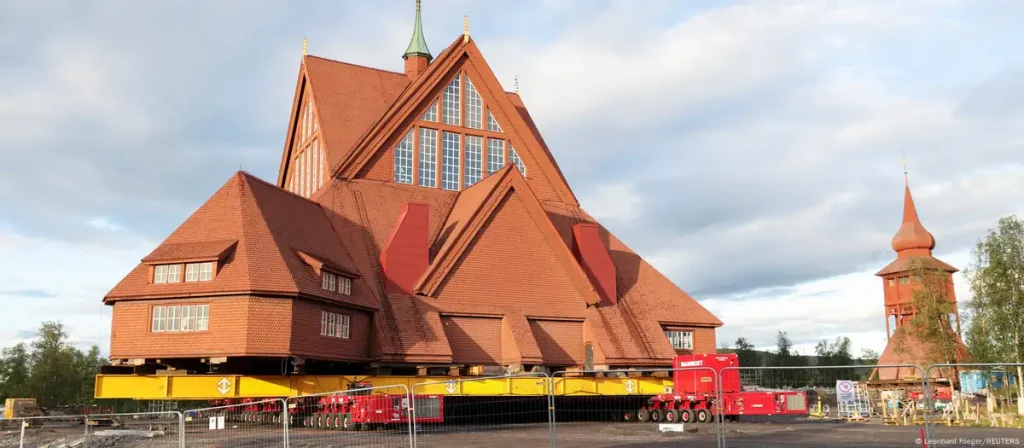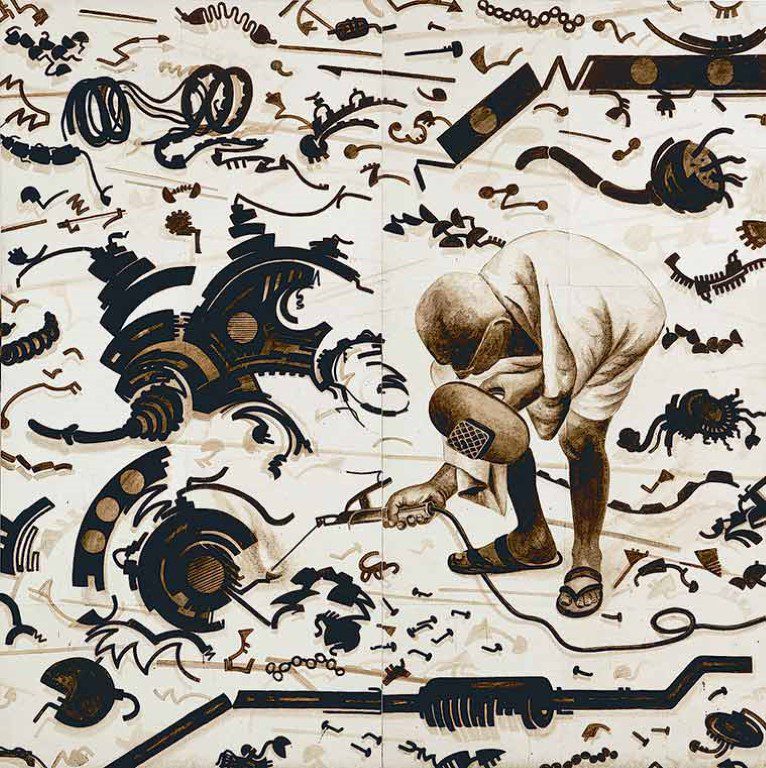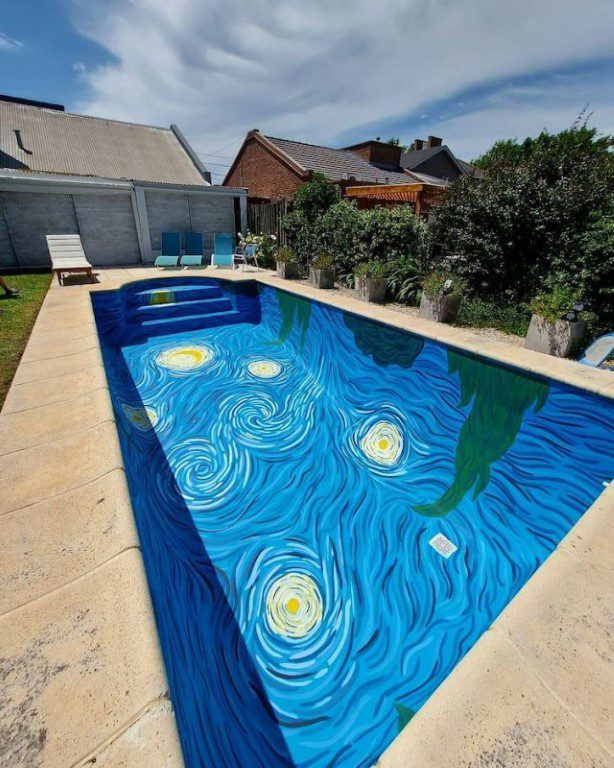The 113-year-old Kiruna Church completed its historic relocation Wednesday afternoon, arriving at its new site in the Arctic town’s relocated city center after a two-day journey spanning five kilometers.
The 672-ton red wooden Lutheran church, frequently recognized as Sweden’s most beautiful building, reached its destination at approximately 2:30 p.m. local time (12:30 GMT). The massive structure was transported on a convoy of remote-controlled flatbed trailers at a pace of half a kilometer per hour.
The relocation drew an estimated 10,000 spectators to the town of 18,000 residents, including Sweden’s King Carl XVI Gustaf, who witnessed what organizers called “The Great Church Walk.” Swedish broadcaster SVT livestreamed the event, with Sweden’s 2025 Eurovision entry KAJ performing for the crowds.
The move represents a crucial milestone in Kiruna’s decades-long urban relocation project, necessitated by ground instability caused by the expansion of LKAB’s underground iron ore mine – Europe’s largest. Mining operator LKAB financed the church’s 500 million kronor ($52 million) relocation, including the cost of widening roads to accommodate the 40-meter-tall structure.
“It’s a historic event, a very big and complex operation and we don’t have a margin of error. But everything is under control,” said project manager Stefan Holmblad Johansson prior to the move’s completion.
The church, designed by Swedish architect Gustaf Wickman in 1912, features designs inspired by the region’s indigenous Sami people incorporated into its pews. Local vicar Lena Tjarnberg described the church as “Kiruna’s soul” and called the relocation both joyful and bittersweet.
The church joins other relocated Kiruna landmarks, including the clock tower from the old city hall and several historic wooden buildings from Hjalmar Lundbohmsgården. While most structures in the relocation zone have been demolished and rebuilt, select landmarks like the church have been moved intact to preserve the town’s architectural heritage.
The successful completion of the church move marks a significant achievement in one of the world’s most ambitious urban relocation projects, ensuring the preservation of Kiruna’s cultural centerpiece while allowing continued mining operations beneath the original town center.
Cover Image Courtesy: Leonhard Foeger/REUTERS
Contributor





